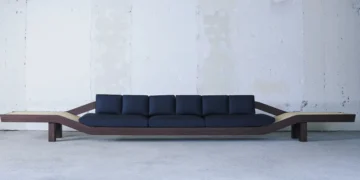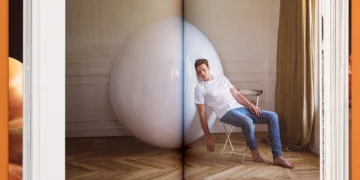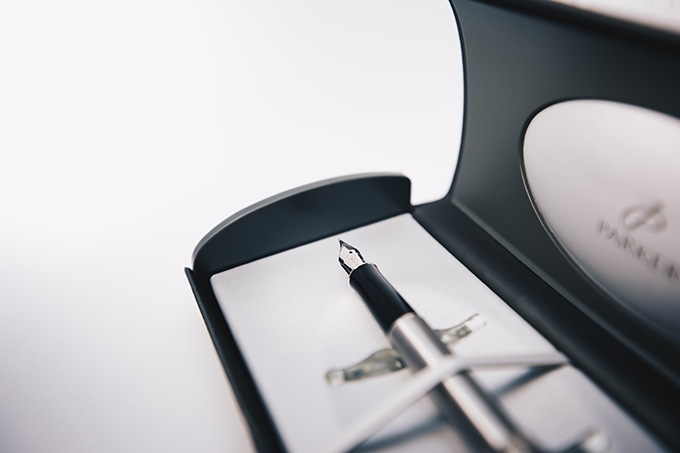
Designer fountain pens are beautiful writing instruments that add a great rich look to your written material. Most designers prefer using modern fountain pens given the many advantages they provide as well as their visual beauty and status.
For one, with fountain pens, you don’t have to worry about constant replacements since they are not disposable. However, the beauty of fountain pen design applies mostly to quality fountain pens made with great precision and attention to detail.
Fountain pens feature different stages during creation that ensures they are made to perfection and to enhance their writing performance. Optimizing the fountain pen feed design, fountain pen nib design, and other features of the pen is essential to an overall great fountain pen design.
During these stages, different design aspects are incorporated to give your fountain pens a range of functionality. Learning more about fountain pens will give you a clearer picture of why they are important and beautiful.
What Is A Fountain Pen?
For those who haven’t used a fountain pen before or are hearing about these beautiful writing tools for the first time, fret not. A fountain pen is a writing instrument that uses a nib to dispense the right amount of ink on to paper.
It features the use of water-based bottled fountain pen inks that come in different colors. Additionally, this ink is kept in a reservoir within the pen called a fountain pen cartridge, converter, or piston-fill that gives you the opportunity of using it for a while before having to refill it. This specific feature is what differentiates it from a dip pen.
The Different Parts of The Design
As you can see, different design parts come into play when working with fountain pens and fountain pen design. These elements are meant to enhance the performance of your fountain pen. Some of these design elements include: fountain pen feed design, fountain pen grip design, and fountain pen nib design.
Grip Design
The grip is the part of the fountain pen that you hold on to when writing. This particular part plays a big role when choosing the fountain pen you want to work with. Paying attention to your grip will ensure that you invest in a quality fountain pen.
When it comes to your fountain pen grip, the most important aspect is to ensure that it is ergonomic. An ergonomic grip is essential because it provides you with the comfort you need while writing.
Having such a pen gives you the chance to go for long writing sessions without any hand cramping or other related issues. Having an ergonomic fountain pen grip also allows you to hold the pen correctly with ease to ensure that you apply the right pressure while using the pen.
It is important to note that how you hold your pen plays a big role in how the pen performs. You need to ensure that you learn how to hold your pen right and get a pen that has a quality grip that you can work with.
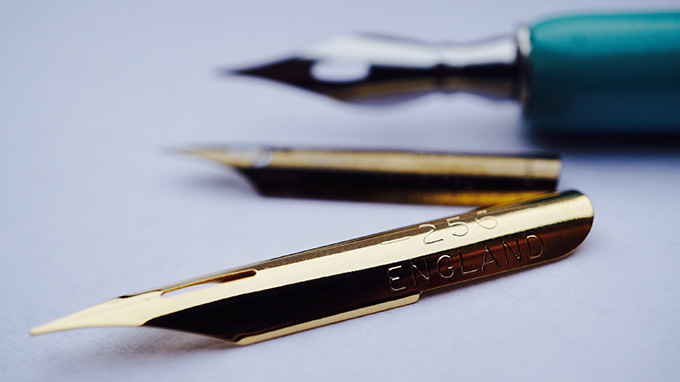
Fountain Pen Nib Design
The nib is the part of the fountain pen used to write on paper. Nibs come in different sizes from extra-fine, fine, medium to broad.
These sizes translate to different width sizes for the lines made using these nibs. This means you need to understand the kind of writing you are going for and choose a nib size that works for you.
There are also specialized nibs made for left-handed individuals to ensure they are also catered for. Your pen nib undertakes different functions to ensure that the fountain pen works correctly. This design element is designed to control the flow of ink from the ink reservoir onto paper.
It also varies the width of the lines created depending on the pressure applied when using the pen. The nib also features a slit down the middle that helps facilitate the capillary action used to get the ink flow going.
On the same slit, you’ll find a breather hole that is essential for acting as a stress-relieving point. As you use your nib, you’ll flex it a lot which without the breather hole, would make it separate at the slits.
Fountain Pen Cartridge and Converter
As you’ve seen, fountain pens work with ink that is already fed into the pen. This is made possible by the use of either a cartridge or a converter. These are the two ink reservoir options you have to choose from.
When it comes to the cartridge, this features small tubes that are attached to the end of a pen and are filled with bottled ink.
Once the ink runs out, the empty cartridge is thrown out and another is inserted. This option works great when you want to use different colored inks on the same pen. On the other hand, converters are cylindrical devices that come with your fountain pen pre-installed.
These converters are different from the cartridges given that you can easily refill the ink once it runs out. This is a great option especially if you don’t necessarily need to use different inks. It will cut on cost and are typically higher quality inks.
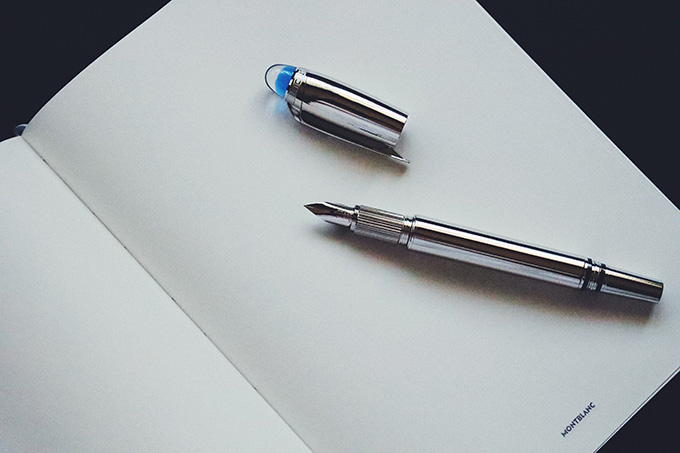
Fountain Pen Cap Design
Depending on the fountain pen you choose, caps are made from different materials and feature different finishes. Fountain pen caps are designed to provide a protective shield to the nib to avoid any damages if it falls. Famous examples of caps are the Lamy Safari fountain pen and the Pilot Metropolitan.
Additionally, the cap also plays a big role in ensuring that the ink on the nib doesn’t dry out when exposed for too long. This is why it’s always best to cover your nib with the cap once you are done using it. The cap features a clip that allows you to fasten it onto your shirt or any other garment of choice.
Fountain Pen Feed Design
When it comes to how smooth a fountain pen writes, the feed determines how smoothly the pen writes and how it deposits ink into the paper. Fountain pen feed design is important to a well-defined designer fountain pen such as design pens like the Lamy Safari, Caran d’Ache, and Sheaffer pens. The design of the feed allows ink to flow through from the casing of the pen into the nib of the pen. The nib takes the ink from the feed and deposits the ink across the paper depending upon how much pressure you apply to the paper with your hand angled on the pen. Feed design is a complicated subject, but proper fountain pen feed design is essential to the best design pens on the market today.
The Casing
When it comes to the casing, you’ll find different designs, sizes, shapes, and finishes. This design aspect is the best way to display style, class, fun, and other design elements that interest buyers.
The casing provides a sturdy body for the fountain pen and also acts as a protective shield for your converter.
Some of these casings will have an additional feature that looks like a window. This window provides the perfect opportunity to see where your ink level is at and inform you when you should refill it.
The Weight
The weight of your pen greatly affects how it feels on your hand and its writing performance. The lighter weight fountain pens are easy to use and are preferred compared to the heavier weighted ones. The weight is mostly determined by the material and techniques used during the manufacturing of your fountain pen.
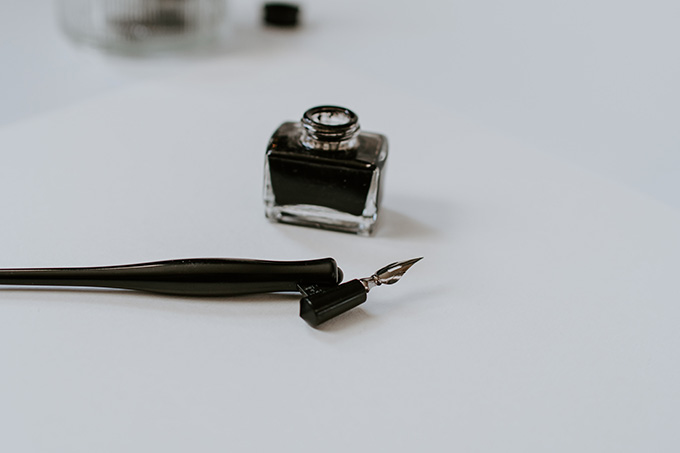
Importance of Design in your Fountain Pen’s Performance
The design of your fountain pen is essential as seen from the different design aspects that are featured during the manufacturing process.
Each part contributes greatly to the performance of your fountain pen. This means that during your purchases, you need to ensure that you pay attention to each part.
Having a pen that features an ergonomic grip, a quality nib, a reliable converter, a sturdy casing, and a cap is the ultimate goal. With this, you’ll be assured that your pen will not disappoint you when it comes to performance and functionality.
Doing this will allow you to have quality writing sessions that feature a smooth flow of ink and a comfortable feeling all through. You’ll become a raving fan of using fountain pens once you invest in the right quality.
Conclusion
When it comes to fountain pens, this is a writing instrument that has been around for years and has evolved with the different innovations in manufacturing.
These innovations have allowed for the creation of beautiful pens that meet the values of great designers. The different design aspects play amazing roles in ensuring that fountain pens perform at their best and look good while doing it.
With all this, you see why investing in a fountain pen as a designer is so important. It will be your companion when you want to jot things down or draw a smooth design by hand.
These pens are the real deal and provide amazing service each time. The best thing about them is that you don’t have to worry about replacing them after the ink runs out. All you do is refill and it works perfectly well. You will want to order only from authorized retailers as counter-fits are often sold on Amazon. You may click the first link on this article for our favorite modern fountain pens.













